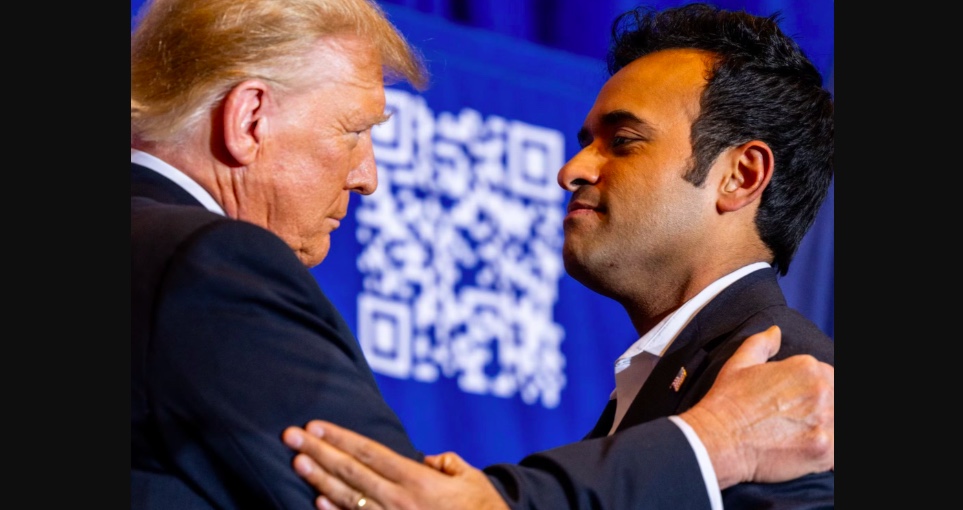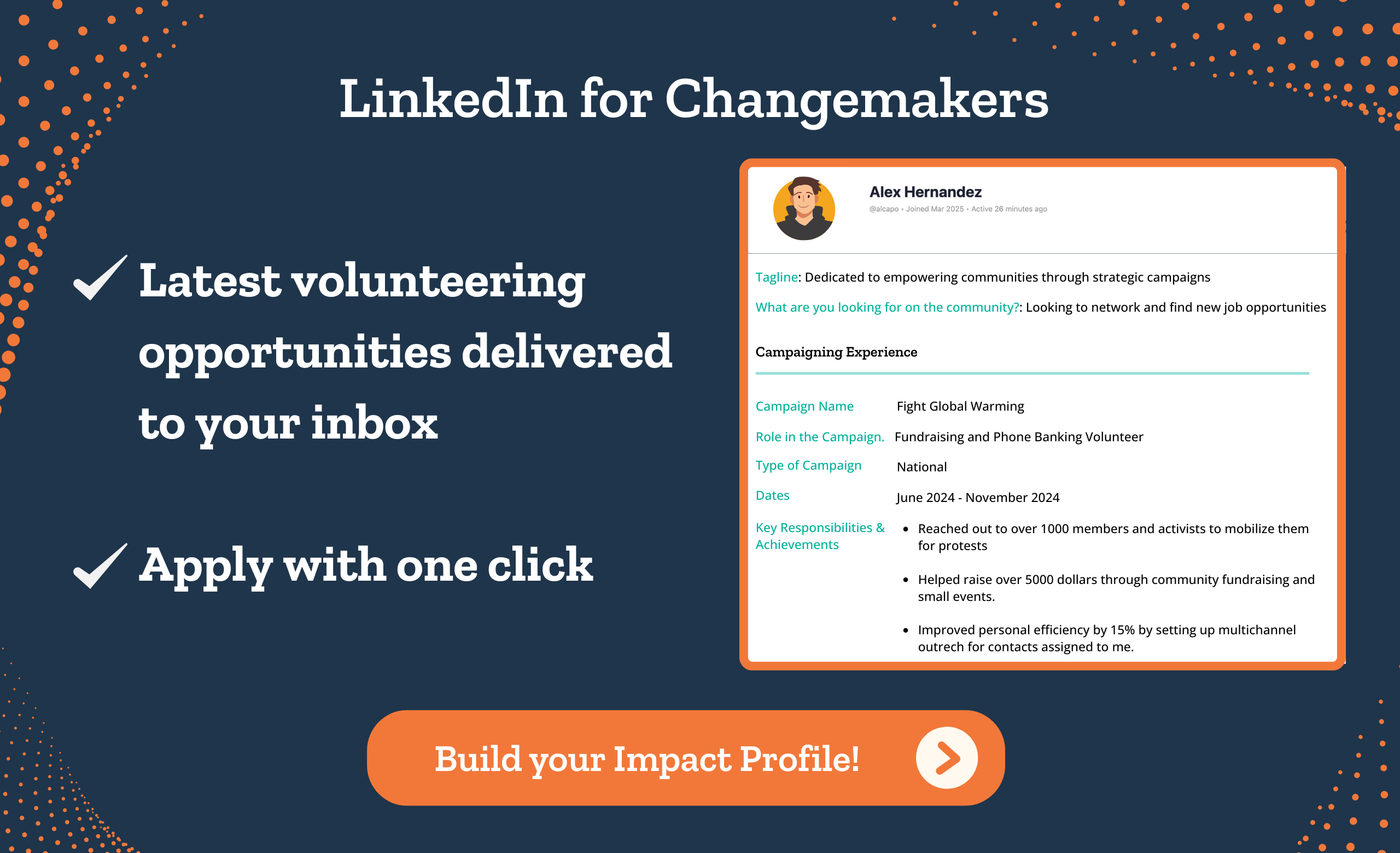Vivek Ramaswamy, the near-billionaire presidential and DOGE deputy hopeful, has announced he will contest to be elected the next Governor of Ohio, a state with Republicans in the majority in both Houses and the state Supreme Court.
On the battlefront, the Democrats of Ohio don’t seem to be putting up much of a fight, considering the backing for Vivek comes from President Trump.
Dr. Amy Acton, the former state health director who helped lead Ohio through the early days of the COVID-19 pandemic, is running as a Democrat.
Read More: Multilingual Voter Outreach Made Simple with CallHub
Though Ohio is pretty much a Republican fiefdom at this point. Contest Every Race found that Democrats failed to run over 50% of all partisan races in 2022.
However, several issues on the cards can be the target of outreach for both sides:
Elimination of income and property taxes in Ohio

Proponents argue that cutting these taxes would attract businesses, boost job growth, and increase consumer spending by allowing residents to keep more earnings. However, critics warn that these taxes fund essential services like public education, infrastructure, and emergency services.
Without them, Ohio would need to find alternative revenue sources, such as higher sales taxes or fees, which could disproportionately affect lower-income residents.
Additionally, local governments, which rely heavily on property taxes, could face severe budget shortfalls, potentially leading to cuts in public safety, schools, and other vital community services.
Since the income tax is progressive — those with higher incomes pay higher rates — a cut to this tax likely means those individuals paying the most will benefit the most. The cuts to Ohio’s income tax are no exception.
Merit-based pay for every teacher in Ohio
In Ohio, the push for merit-based pay for teachers, principals, superintendents, and administrators means shifting from the traditional salary structure—where educators are paid based on experience and credentials—to a system where compensation is tied to performance metrics.
Supporters argue that this approach incentivizes high-quality teaching, improves student outcomes, and rewards educators who go above and beyond. However, critics, including teachers’ unions, worry that it could lead to unfair evaluations, as factors like student performance are influenced by socioeconomic conditions beyond a teacher’s control.
The debate also raises concerns about how merit will be measured—whether through standardized test scores, administrative reviews, or other performance indicators.
If implemented, this policy could significantly reshape Ohio’s education system, impacting teacher recruitment, retention, and overall school funding structures.
Re-attach work requirements to Medicaid and welfare

In Ohio, reattaching work requirements to Medicaid and welfare means reinstating policies that require able-bodied adults to work, train for a job, or volunteer for a set number of hours per week to receive government assistance.
Supporters argue that these requirements encourage self-sufficiency, reduce long-term dependency on government aid, and help fill labor shortages.
However, opponents warn that such policies could disproportionately harm low-income individuals, particularly those facing barriers like lack of childcare, transportation, or health issues.
Ohio previously had work requirements for Medicaid under former Governor John Kasich, but they were suspended due to the COVID-19 pandemic and legal challenges.
Reinstating them would significantly impact thousands of Ohioans who rely on these programs for healthcare and basic necessities, making it a key point of contention in the 2026 governor’s race.
Universal school choice in Ohio
In Ohio, universal school choice refers to expanding public funding to allow all families—regardless of income—to use state funds (such as vouchers or education savings accounts) to pay for private school tuition, charter schools, homeschooling expenses, or other alternative education options.
Supporters argue this policy increases competition, improves educational quality, and gives parents more control over their children’s schooling.
However, critics contend it diverts taxpayer money from public schools, potentially weakening the traditional education system and exacerbating inequalities, especially in rural areas with fewer private school options.
Ohio already has school choice programs, but making them universal would significantly reshape the state’s education landscape, intensifying debates over funding, accountability, and the role of public education.
Now, whether the Democrats actually take up these issues on a war footing or if Vivek Ramaswamy has found a safe Republican state to become Governor of – only time will tell.
The options are on the table for anyone to take up the flag.

